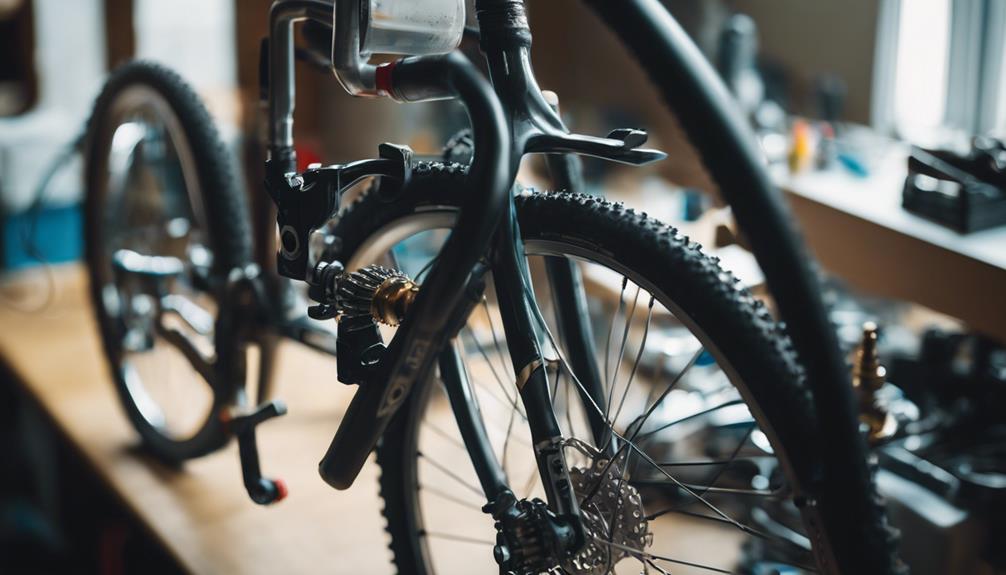As cycling continues to grow in popularity, so does the demand for gear that enhances the riding experience. Among the essential accessories for cyclists is the bike backpack. This article explores everything you need to know about bike backpacks, from their features and benefits to tips on selecting the right one for your cycling adventures.
Understanding Bike Backpacks
Bike backpacks are specially designed bags that allow cyclists to carry essentials while maintaining comfort and stability during rides. Unlike traditional backpacks, bike-specific backpacks feature unique designs that cater to the needs of cyclists. These include ergonomic shapes, lightweight materials, and specialized compartments for hydration, tools, and other gear.
Why Use a Bike Backpack?
There are several compelling reasons to opt for a bike backpack instead of other storage solutions like panniers or messenger bags:
- Comfort: Bike backpacks are designed to distribute weight evenly across the back, minimizing strain and discomfort during long rides.
- Stability: Many bike backpacks feature adjustable straps and waist belts that keep the bag securely in place, reducing movement while cycling.
- Versatility: They can be used for various activities, from commuting to work to mountain biking, making them a multi-purpose investment.
- Storage Options: Bike backpacks often come with various compartments and pockets, allowing for organized storage of tools, food, clothing, and hydration systems.
Key Features to Look For
When shopping for a bike backpack, consider the following features to ensure you select the right one for your needs:
- Hydration Reservoir: Many bike backpacks come equipped with a hydration bladder and tube, allowing you to stay hydrated without stopping.
- Durability: Look for materials that can withstand wear and tear, especially if you ride in rugged environments.
- Weather Resistance: Waterproof or water-resistant fabrics will keep your belongings dry in case of rain.
- Reflective Elements: Safety is paramount; reflective strips or logos increase visibility during low-light conditions.
- Ventilation: Back panels with mesh or ventilation channels help to reduce sweating and improve comfort.
Types of Bike Backpacks
Bike backpacks come in various styles, each designed for specific cycling activities:
- Daypacks: Ideal for short rides or daily commutes, these backpacks typically hold 15-25 liters of gear and are lightweight and comfortable.
- Hydration Packs: These are smaller bags, often with a built-in hydration system, perfect for mountain biking or trail riding.
- Commuter Backpacks: Designed for urban cyclists, these packs often feature organizational pockets for work essentials, laptops, and other gear.
- Adventure Backpacks: Built for longer rides or multi-day trips, these backpacks offer ample storage and often include additional features like attachment points for gear.
Popular Brands and Models
Several brands have established themselves as leaders in the bike backpack market. Here are a few noteworthy options:
- Osprey: Known for their comfortable and durable backpacks, the Osprey Hydraulics Reservoir is a top choice for hydration while cycling.
- CamelBak: Renowned for hydration packs, the CamelBak M.U.L.E. is perfect for mountain biking, featuring a 3-liter reservoir and ample storage.
- Deuter: The Deuter Race X is a versatile option for both commuting and trail riding, offering a lightweight design and excellent ventilation.
- Pannier: While primarily known for panniers, Ortlieb also offers bike backpacks like the Ortlieb Velocity, which is waterproof and durable.
Case Study: The Impact of Bike Backpacks on Commuter Cycling
To illustrate the benefits of bike backpacks, let’s examine a case study involving urban commuters in Portland, Oregon. A survey conducted by the Portland Bureau of Transportation revealed that:
- 78% of cyclists prefer using a backpack for commuting over messenger bags or panniers.
- Commuters reported feeling more secure and balanced with a properly fitted bike backpack.
- Over 60% of respondents indicated that the organization options in bike backpacks helped them carry work-related items, such as laptops and documents, without compromising their cycling experience.
This data underscores the importance of bike backpacks in enhancing the commuting experience for city cyclists.
Tips for Choosing the Right Bike Backpack
With various options available, it can be overwhelming to choose the right bike backpack. Here are some tips to simplify your decision:
- Assess Your Needs: Consider the type of cycling you’ll be doing most frequently. Will you be commuting, mountain biking, or touring?
- Try Before You Buy: If possible, test the backpack in-store to ensure it fits comfortably and securely.
- Check Reviews: Look for customer reviews and ratings online to get a sense of real-world performance and reliability.
- Consider Your Budget: Bike backpacks range in price; set a budget but be willing to invest in quality for durability and comfort.
Conclusion
Bike backpacks are an essential accessory for cyclists, offering comfort, stability, and organizational capabilities. By understanding the features, types, and brands available, you can make an informed decision that meets your specific cycling needs. As demonstrated in our case study, the right bike backpack can significantly enhance your riding experience, whether you’re commuting through city streets or tackling rugged trails.
In summary, prioritize comfort, durability, and storage options when selecting a bike backpack. With the right gear, you can focus on what truly matters: enjoying your ride. Happy cycling!
